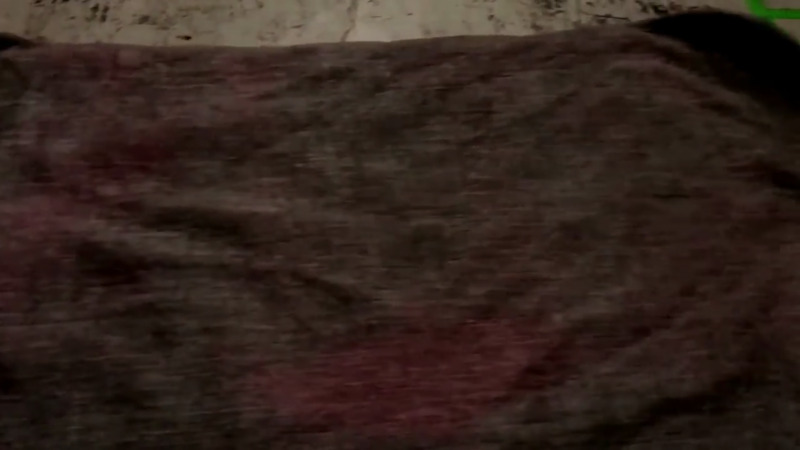Mark Saiger
Mr Happy!
- Joined
- Dec 26, 2006
- Messages
- 11,200
- Name
- Mark Saiger
After a number of calls also, about upholstery cleaning problems....
Thought I would post some pics and questions.
First....have you taken a training class?
Second....have you sent your techs or yourself to Jim Pemberton's training?
Everytime I get a call, I tell everyone of them they need to change the tools they are using, change how cleaning and get over to Pemberton's for his upholstery and fabric cleaning school! @Jim Pemberton
My son in law is going to be getting shipped out there in the future...and I might be coming along too!
But here are just a few things lately....
Do you know how to fix these?
The video is not mine by the way...as I have been very fortunate (knock wood) to have not run into the zombie fire retardant waiting and hiding for me to be the first to clean and expose.
The one Chair...the cat peed on the furniture...lady asked for other spot cleaning (after she created white out spot on her chair in right corner back) so the tech apparently used a upholstery prespray, and extracted...and well...you see the results.
Fixing it vs replacing (as another company also got a hold of the pieces and did a solvent cleaned and didn't correct the problem)
So go....how would you fix? We have some good cleaners here who will jump in and answer fast I bet....
(the lady wants this entire 3 piece set replaced or reupholstered for $3100...)

Here is your Zombie fire retardant waiting for you stain


NOT my video...but sharing
Thought I would post some pics and questions.
First....have you taken a training class?
Second....have you sent your techs or yourself to Jim Pemberton's training?
Everytime I get a call, I tell everyone of them they need to change the tools they are using, change how cleaning and get over to Pemberton's for his upholstery and fabric cleaning school! @Jim Pemberton
My son in law is going to be getting shipped out there in the future...and I might be coming along too!
But here are just a few things lately....
Do you know how to fix these?
The video is not mine by the way...as I have been very fortunate (knock wood) to have not run into the zombie fire retardant waiting and hiding for me to be the first to clean and expose.
The one Chair...the cat peed on the furniture...lady asked for other spot cleaning (after she created white out spot on her chair in right corner back) so the tech apparently used a upholstery prespray, and extracted...and well...you see the results.
Fixing it vs replacing (as another company also got a hold of the pieces and did a solvent cleaned and didn't correct the problem)
So go....how would you fix? We have some good cleaners here who will jump in and answer fast I bet....
(the lady wants this entire 3 piece set replaced or reupholstered for $3100...)
Here is your Zombie fire retardant waiting for you stain
NOT my video...but sharing


 )
)